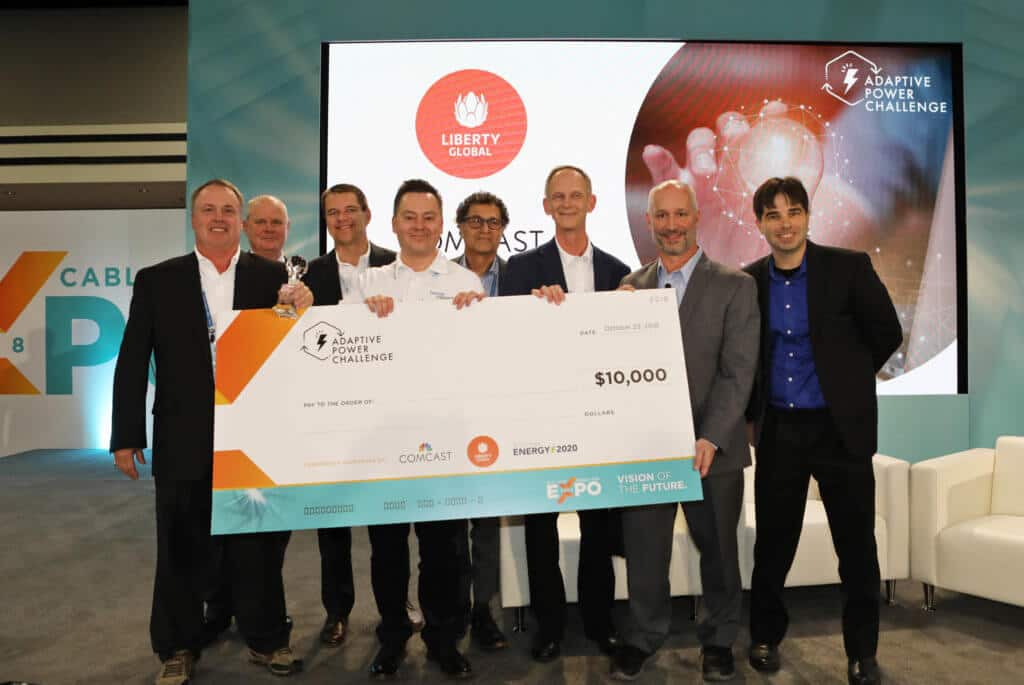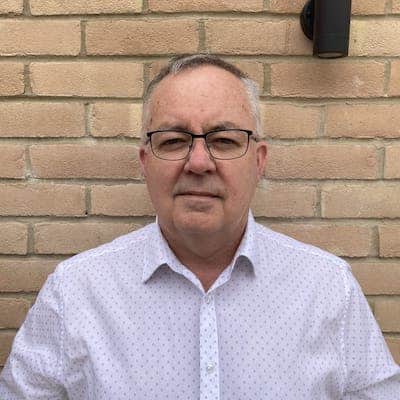Six months of hard work have paid off! We’re still buzzing with the excitement of winning the Enterprise category in the first-ever Adaptive Power Challenge with our ‘Make Sense’ solution.
It’s an innovation contest with a difference – create real change by solving one of the cable industry’s biggest energy challenges. For us, the most attractive part of entering the competition was not only the $10,000 prize money (which we’ll use to invest in further developing our solutions), but the opportunity to test our solution with the biggest cable providers in the world to show the feasibility of deploying it within the industry.
We were tasked with answering a very simple question: How could our idea improve power efficiency across broadband networks?
The criteria required us to have a strong vision, compelling idea and plan for development, as well as showing how our project would have a positive impact.
Our idea was simple.
The cable industry generally operates as an “always on, fully-loaded network”. However, in practice operators do not need to run “fully-loaded”. We noticed years ago that conserving power is similar at home as it is in the network – persuading your family to turn off unused lights and appliances is a simple change in behaviour that can save millions if everyone does it, and in fact we can automate the unused RF spectrum or dimming.
For years Teleste has made products that enables operators to turn off unused ports, so it was a natural transition for us to explore how to reduce power to parts of the network with unused spectrum.
Our solution is a field-tested, battle-hardened, proven product offering that is elegant in its simplicity. 70% of the energy consumed in outside plant devices is consumed by tiny little modules the size of a battery. We simplified and solved this problem by measuring the RF output level in the network and adjusting the power consumption based on real need. Our devices can reduce the power in three different ways – all while keeping the quality of the end-use experience intact.
Firstly, the devices we invented have preconfigured performance levels that can be remotely selected. Alternatively, the devices can select the power-saving scheme autonomously, based on the RF output level measurement. Finally, the third innovation is for remote PHY devices – the RPD module generates the signal and is aware of the channel load. It can then adjust the energy consumption accordingly.
Our innovations can save up to 30% of the energy consumed by the amplifier module. This can reduce the total network energy consumption by up to 20% which saves a lot of money, energy and ultimately, the environment.
The elegance of our solution is in its simplicity – we based the execution of our idea in a similar way to the automated lights that become brighter based on motion detectors. Building this automation into the products is just the start of building an intelligent network.
The next logical steps for both us and the cable operators is to make the intelligence of these products available to our respective customers and then to understand their business processes so that the intelligence can be further leveraged.

The Adaptive Power Challenge is a clear milestone in the cable industry’s drive to reduce impact emissions while increasing their energy efficiency. If our solution is fully realised it could allow companies such as Liberty Global to correlate energy from data usage in their network and create a positive environmental impact through reduced power consumption. Being involved in an initiative such as this is an uplifting experience and we’re excited to see the wide spread adoption of intelligence in the network and to further explore where we can take that adoption.










